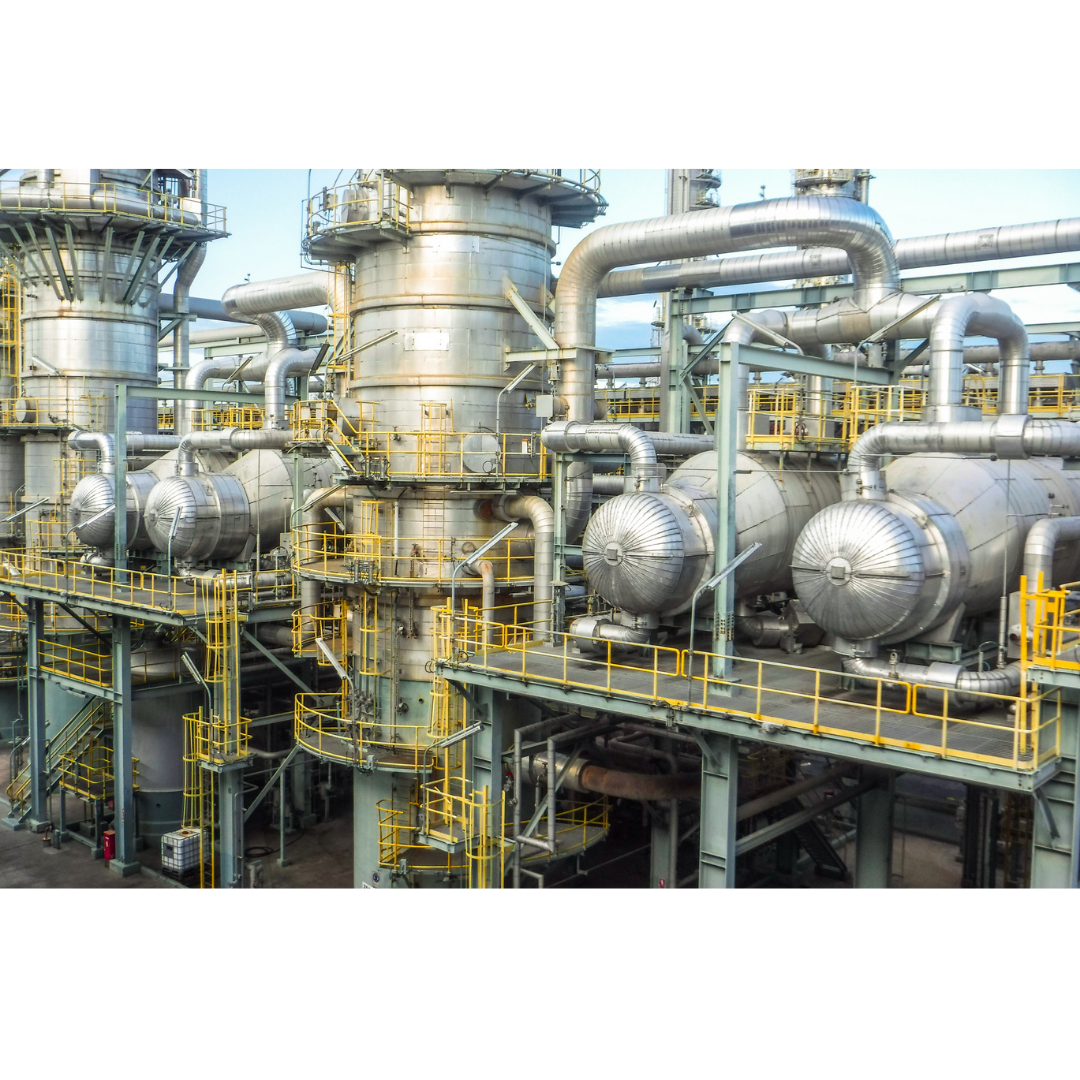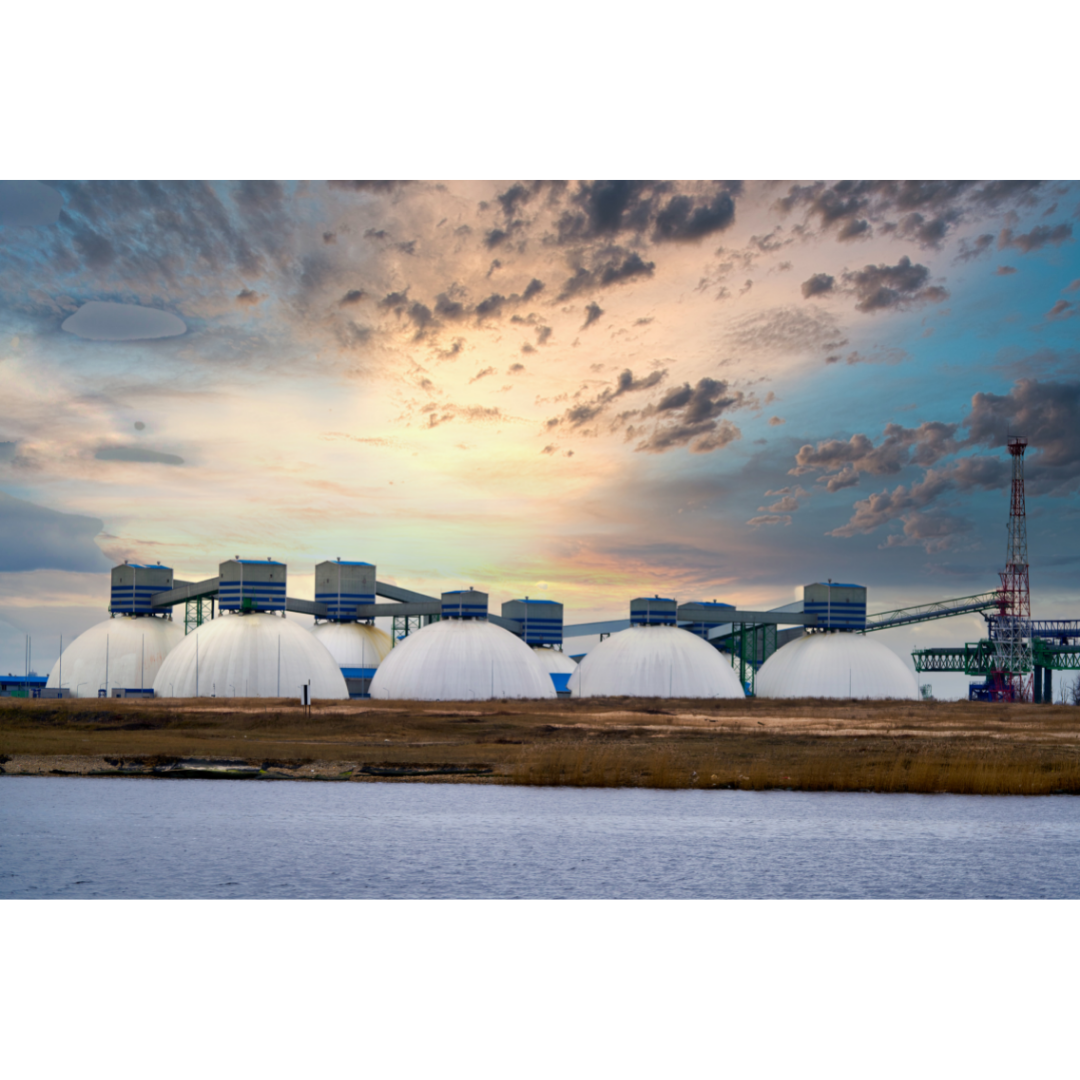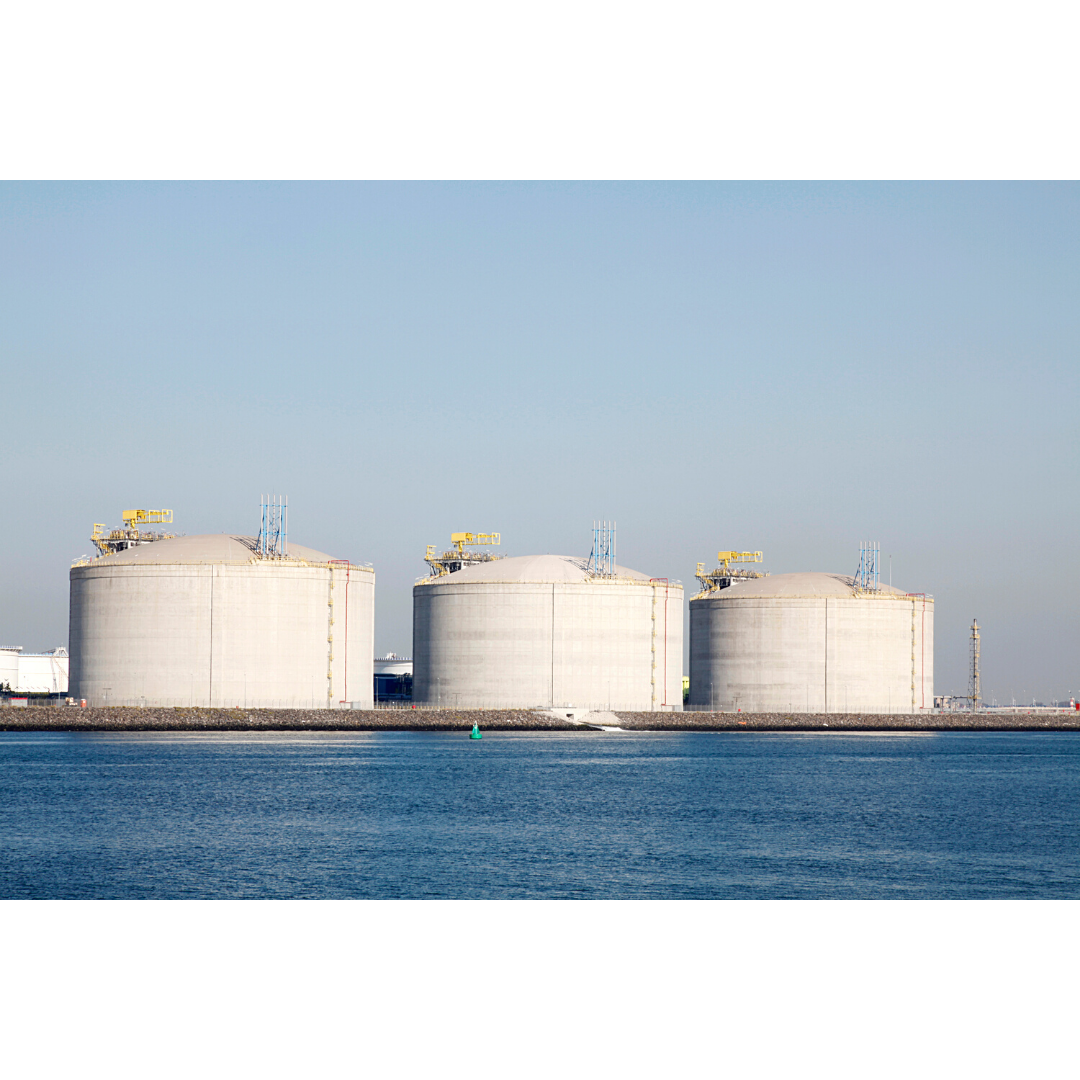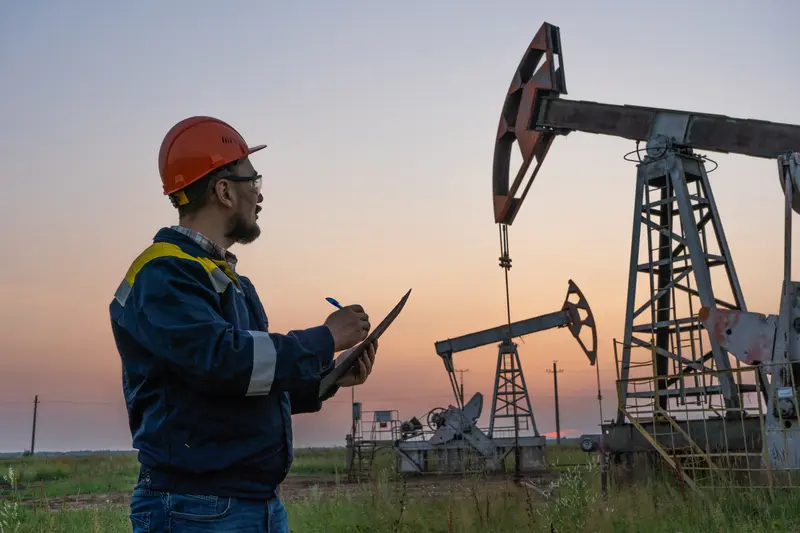
Acid Gas Removal: Preventing Liquid Carry Over to and Condensation in the Amine Contactor
September 1, 2021
|
Facilities Topics
Hydrogen sulfide and carbon dioxide are the principal objectionable acid gas components often present in natural gas, synthetic gas, and various refinery gas streams. These acid gas components must be removed for corrosion prevention in gas pipelines, process equipment, and for health and safety reasons. Reference [1] provides current acceptable co...
View Article

GNL/ Plantas de Gas: Problemas y Soluciones
August 18, 2021
|
Tip of the Month
Existen tres unidades claves de procesamiento, vis. Unidad de Remoción del Gas Acido (AGRU/URGA), Unidad de Deshidratación por Tamices Moleculares (MSDU/UTMD), y la Unidad de Remoción de Mercurio (MRU/URM) que son comunes tanto en el procesamiento del gas, así como facilidades del GNL. En este Previo del Mes (PDM), se anali...
View Article

LNG / Gas Plants: Problems & Solutions
There are three key processing units, viz. Acid Gas Removal Unit (AGRU), Mol Sieve Dehydration Unit (MSDU) and Mercury Removal Unit (MRU) that are common in both gas processing, and LNG facilities. In this TOTM, we discuss some common operating problems associated with these process units and suggests ways to troubleshoot the root cause of these op...
View Article

Development of 7% Nickel Steel for LNG Storage Tanks
The construction costs of LNG storage tanks are very high, mainly due to the availability and cost of nickel. Most LNG storage tanks built in the modern era use 9% wt nickel steel as the materials of construction because of the materials well documented toughness at cryogenic temperatures. This article looks at advances in cryogenic metallurgy in...
View Article

Training Reimagined and Lessons Learned Down the Virtual Road
During the COVID 19 pandemic, all face-to-face training came to a hard stop in March of 2020. As a training organization in the Oil and Gas Industry with a large offering of face-to-face training courses, we were faced with a significant challenge to quickly convert our course offerings to virtual delivery. Our success in the conversion of the mate...
View Article

LNG Containment Tanks: Why is the internal liner 9% Ni and not 7% Ni?
The base material for the tank containing the liquid gas (such as LNG) at below -165°C (-265°F) must remain ductile and crack resistant with the highest level of safety. The material must also permit welding without any risk of defects, for example, induced brittle fracture. Stainless steels, aluminum and 9% nickel steels can be used as they do no...
View Article



